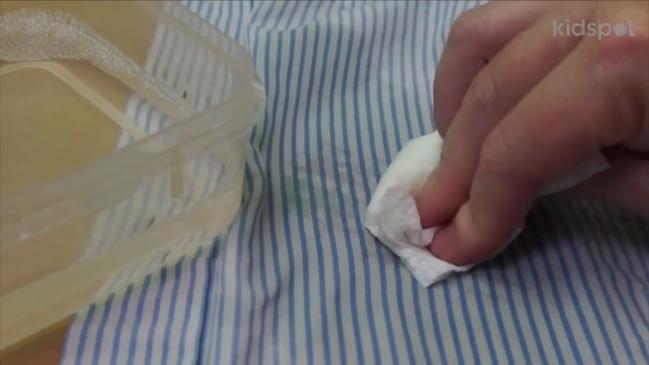If there’s one subject that shows up in my inbox more often than any other, it has to be rust. Ugly, orange-ish stains on tubs, showers, toilets, washing machines, sinks and even stainless steel.
One reader (who shall remain nameless, as I hopelessly have misplaced your message) wrote tiny rust marks have appeared on his new stainless steel refrigerator. Sadly, the manufacturer considers this a cosmetic issue, so the warranty does not apply.
So today, for my nameless friend, plus all others who have written about annoying rust problems in the kitchen and bathroom, I have a story followed by a very effective, if not exciting, solution.
The year was 1882. The setting: Indianapolis. A chemist took a break from his scholarly endeavors to cook up a pan of rhubarb, that sour but hardy vegetable, common in the gardens of yore.
After plating his recipe, the man found his formerly tarnished pot fairly sparkled. Being a chemist, he quickly ruled out magic and set out to discover what it was that made rhubarb such a superior cleaning agent.
The secret is oxalic acid. Found naturally in rhubarb and other vegetables such as spinach, oxalic acid attacks stubborn rust, tarnish and lime stains at the molecular level, breaking the bonds that hold them together.
Using that active ingredient, the chemist formulated an oxalic acid-based cleaning powder he sold to taverns for use as a brass rail polish. Thrilled at the results, tavern owners dubbed the product — get ready — Bar Keepers Friend.

During the years, more and more people got in on the secret of Bar Keepers Friend, discovering more varied and unique uses for this cleaning powder still available in the cleaning aisle of just about every supermarket.
Still a family-owned company manufacturing in Indianapolis and still motivated by solving problems for their customers, Bar Keepers Friend has grown and expanded its line of products with variations in ingredients and packaging, but the products remain essentially the same as the ones that polished bar rails more than 100 years ago.
Back to our collective problem with rust spots and stains on stainless steel.
I’ve been using Bar Keepers Friend Soft Cleanser for years, assuming it to be a liquid version of the powdered cleanser in the old, familiar can. I keep it handy in my laundry room to remove rust stains from the inside of my clothes washer. No big deal. I see a spot, I hit it with BKF Soft Cleanser and a soft cloth, and it disappears.
But I was wrong about the BKF Soft Cleanser being just a liquid version of the powdered cleanser. It has something more I’m convinced makes it uniquely effective against household rust. The active ingredients in the soft cleanser are oxalic acid and citric acid.
Great news: This soft cleanser now comes as a spray foam: Bar Keepers Friend MORE Spray + Foam. This is fabulous because the foam sticks to vertical surfaces. And yes, I now am thinking of that new stainless steel refrigerator that has developed tiny rust marks. The foam will stick to those spots long enough to do its work before being wiped away with a soft cloth.
Bar Keepers Friend MORE Spray Foam is safe to be used on stainless steel, tile, porcelain, ceramic, fiberglass, aluminum, copper, brass, chrome and glass. As for the “MORE” in its name, it is an acronym for “mineral deposits, oily residues, rust stains and everyday grime.” Get it?
And now for the important fine print:
Caution: Always test any product in an inconspicuous place first. Always. DO NOT USE on wood, fabric, leather, mirrors, painted surfaces, gold, silver (sterling silver is OK) or natural stone surfaces such as granite and marble.
